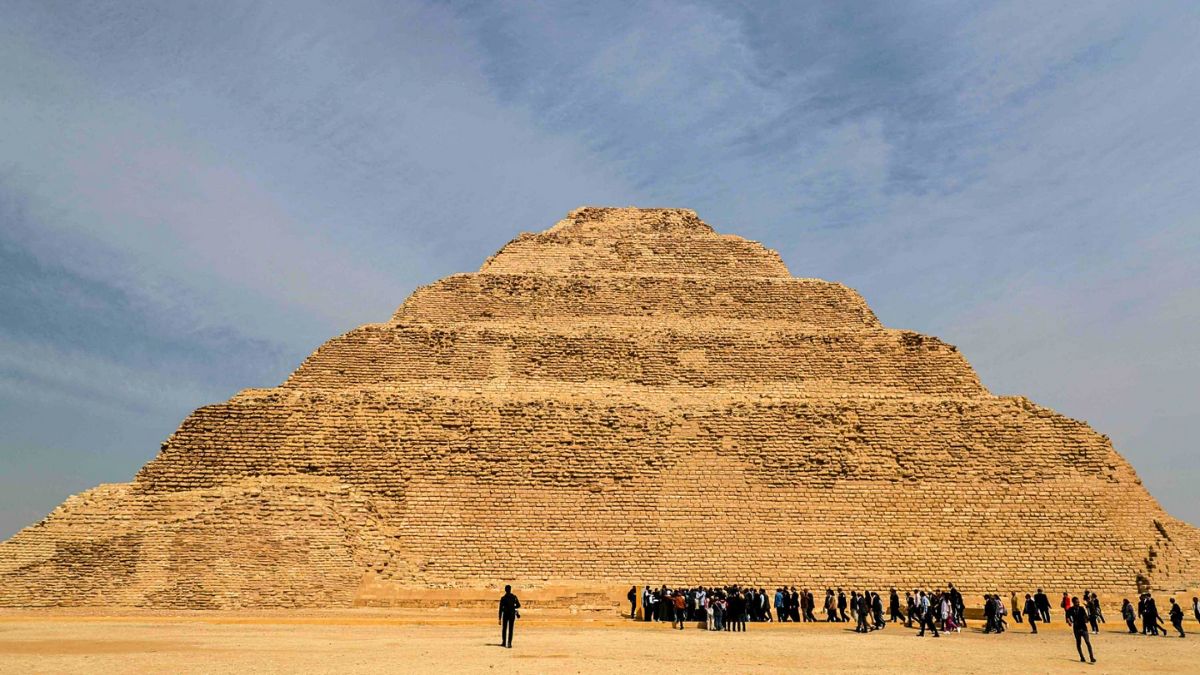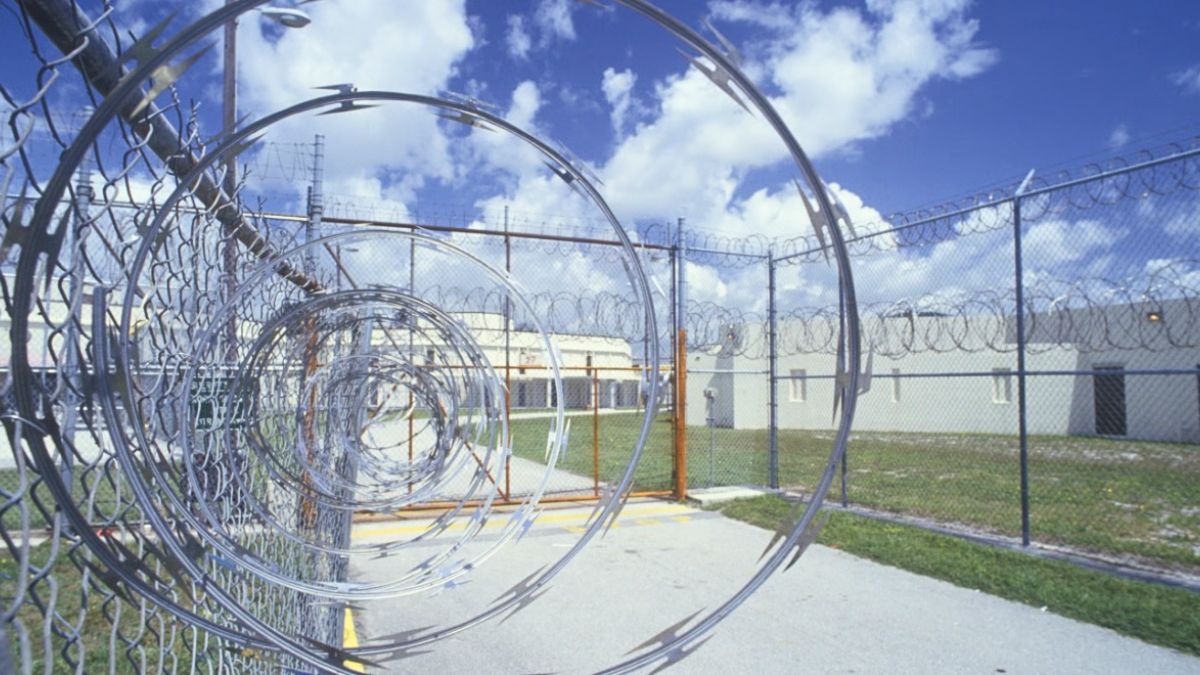For decades, most people believed the Egyptian pyramids were built using huge ramps, thousands of laborers, and a lot of brute force—or in more dramatic circles, alien help. But now, a new theory from French researchers might rewrite the story completely. What if the Egyptians used water power instead of manpower to raise those massive stone blocks?
Let’s cut into this groundbreaking idea and how it could change everything we thought we knew about pyramid construction.
Discovery
The new theory comes from studies conducted on the Saqqara plateau, specifically around the step pyramid of Djoser, built around 2680 B.C. French researcher Xavier Landreau and his team believe they may have found evidence of a hidden hydraulic system inside the pyramid.
According to their findings, water might have been used to float the stone blocks upward through internal shafts, working like an ancient elevator. If this turns out to be true, it would be a major shift in how we understand ancient Egyptian engineering.
Ramps
For years, the common theory was that the Egyptians used large exterior ramps to drag blocks weighing 1 to 3 tons up to the top of the pyramids. This would have required dozens of workers pulling the blocks with ropes and rolling them on logs. But here’s the question—how did they lift the blocks onto those logs in the first place?
That’s one of the problems this water-based theory tries to solve. Instead of external ramps, the researchers believe vertical shafts could have been used to lift stones from the inside using the force of water.
Crater
The concept is inspired by the idea of an inverted volcanic crater. Picture a central shaft inside the pyramid filled with water. By carefully controlling water flow and pressure, the blocks could float upward, guided by internal channels.
The team also analyzed nearby terrain and found signs of ancient water systems, like the Gisr el-Mudir, which may have served as a reservoir or channeling structure. It turns out that what was once seen as symbolic—like the dry moat around the pyramid—could actually have been a functional water system used in construction.
| Feature | Possible Function |
|---|---|
| Vertical shaft | Internal water elevator |
| Gisr el-Mudir | Water storage and distribution |
| Dry moat | Water filter and redirection |
| Pyramid structure | Contained hydraulic lifting system |
Genius
If proven, this method shows just how advanced the Egyptians really were. It wasn’t magic or superhuman strength—it was engineering. And not just basic construction knowledge, but mastery of pressure, buoyancy, and water flow, long before these principles were officially documented in history.
We already know they used the Nile and canals to transport heavy materials on barges. But using water inside the pyramids for lifting? That’s next-level thinking for 4,500 years ago.
Tomb?
And there’s another twist. The Djoser pyramid doesn’t contain the usual signs of a burial site. No mummy, no funerary artifacts. Some experts now believe the structure might not have been a tomb at all—it could have been an experimental project in engineering. Of course, it’s hard to confirm anything since most pyramids have been looted over the centuries.
Still, the lack of typical burial signs raises some fascinating questions about the real purpose behind these massive monuments.
Future
So, what comes next? More digging. This theory is exciting, but it still needs solid proof. Archaeologists will need to re-examine the pyramid’s interior and surrounding structures with new tools and a fresh perspective.
Whether it was a tomb, a temple, or a test project in ancient hydraulics, one thing is clear—Egypt’s ancient builders were far more advanced than we gave them credit for. Maybe water wasn’t just a symbol of life in Egypt—it was also the secret behind their architectural genius.
FAQs
What is the new pyramid theory?
That Egyptians used water to lift blocks via internal shafts.
Which pyramid is being studied?
The step pyramid of Djoser at the Saqqara plateau.
Is there proof of this system?
Not yet, more excavation and studies are needed.
Did Djoser’s pyramid contain a mummy?
No remains or burial items have been found.
What is the Gisr el-Mudir?
An ancient structure possibly used to channel water.
























